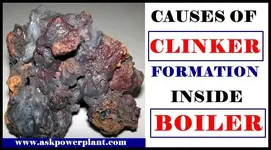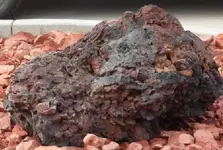Luau
Tenderfoot
- Joined
- May 19, 2020
- Messages
- 6
- Reaction score
- 1
- Golden Thread
- 0
- Location
- North Dakota
- Primary Interest:
- All Treasure Hunting
These are in my yard in some abundance; the previous owners liked them quite a bit. They are extremely heavy and don’t break very easily. I have spent hours surfing the net trying to see something even remotely resembling them so I can figure just what they are but I cannot find anything.
If anyone has a suggestion, I would appreciate any assistance in identifying them.
Thank you!
If anyone has a suggestion, I would appreciate any assistance in identifying them.
Thank you!
Amazon Forum Fav 👍
Attachments
-
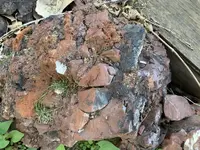 2AE018A3-9334-47CA-9B86-60074FF648E4.webp1.1 MB · Views: 78
2AE018A3-9334-47CA-9B86-60074FF648E4.webp1.1 MB · Views: 78 -
 49D942E6-D029-4ED5-9EFA-48A47A89EA20.webp1.2 MB · Views: 70
49D942E6-D029-4ED5-9EFA-48A47A89EA20.webp1.2 MB · Views: 70 -
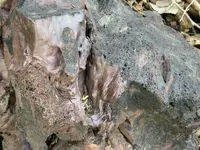 A6F4B466-D1E5-4803-AE41-892C1C1B6774.webp1,006.5 KB · Views: 68
A6F4B466-D1E5-4803-AE41-892C1C1B6774.webp1,006.5 KB · Views: 68 -
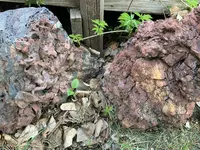 9E023025-D0D9-453C-BAC4-C7F53E57EF35.webp1.9 MB · Views: 62
9E023025-D0D9-453C-BAC4-C7F53E57EF35.webp1.9 MB · Views: 62 -
 B78B0C59-BF01-48E7-BAFF-7A412A074E1D.webp1.5 MB · Views: 65
B78B0C59-BF01-48E7-BAFF-7A412A074E1D.webp1.5 MB · Views: 65




